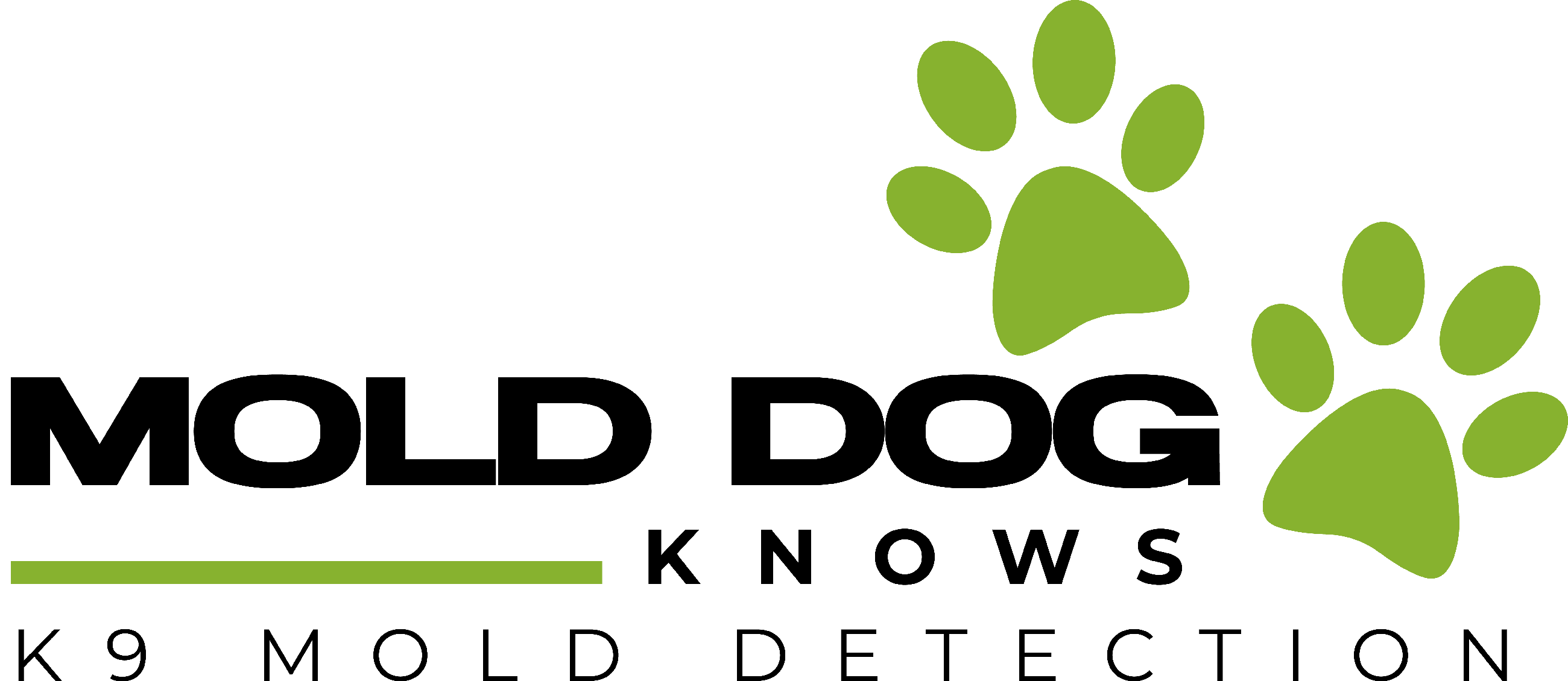How to Prevent and Mitigate House Humidity

Posted on December 6th, 2023.
Humidity can turn your cozy home into a breeding ground for mold and mildew. High house humidity not only affects your comfort but also your health and property. Fortunately, there are effective ways to reduce and control humidity levels in your home.
In this article, we'll explore strategies to help you combat excessive house humidity and maintain a healthier living environment.
Understanding House Humidity
Before we dive into the methods to reduce humidity in your home, it's essential to understand what house humidity is and how it can impact your living space.
What is House Humidity?
House humidity refers to the moisture content in the air inside your home. It's measured in terms of relative humidity (RH) as a percentage. Ideal indoor humidity levels typically range from 30% to 50%. When RH exceeds this range, it can lead to various problems, including mold growth, discomfort, and potential structural damage.
The Consequences of High House Humidity
Excess moisture in your home can have a range of negative effects, so it's essential to address the issue promptly. Here are some of the consequences of high house humidity:
- Mold and Mildew Growth: High humidity provides an ideal environment for mold and mildew to thrive, which can pose health risks and damage your property.
- Health Issues: Increased humidity can lead to respiratory problems, allergies, and worsen existing conditions like asthma.
- Structural Damage: Prolonged exposure to high humidity levels can damage wood, paint, and wallpaper, leading to costly repairs.
- Reduced Comfort: An excessively humid home can make you feel uncomfortable, sticky, and hot.
Now that you understand the importance of maintaining proper indoor humidity levels, let's explore how to reduce and control house humidity effectively.
How to Reduce Humidity in Your Home
1. Use Dehumidifiers
Dehumidifiers are powerful tools for lowering house humidity levels. These devices work by extracting moisture from the air, helping you maintain the ideal RH. Place them in areas prone to high humidity, such as basements, bathrooms, and kitchens.
2. Improve Ventilation
Proper ventilation is key to reducing humidity in your home. Ensure that your home has adequate ventilation, especially in moisture-prone areas. You can use exhaust fans, open windows, and install attic vents to promote air circulation.
3. Fix Leaks and Seal Gaps
Check for any leaks in your home's plumbing and fix them promptly. Additionally, seal gaps and cracks in doors, windows, and walls to prevent moisture from entering your home.
4. Monitor Indoor Plants
Indoor plants release moisture into the air through a process called transpiration. While plants can improve indoor air quality, too many can increase humidity levels. Keep the number of indoor plants in check, especially in smaller spaces.
5. Reduce Activities that Generate Moisture
Certain activities, such as cooking, showering, and doing laundry, release moisture into the air. Use exhaust fans while cooking and showering, and avoid drying clothes indoors to minimize indoor humidity.
6. Maintain Your HVAC System
Regular maintenance of your heating, ventilation, and air conditioning (HVAC) system is crucial. Clean or replace air filters, check for any issues with the system, and ensure it's operating efficiently to regulate humidity.
Checking and Maintaining Home Humidity Levels
To effectively manage house humidity, it's essential to monitor your home's humidity levels regularly. You can use a hygrometer, a device designed to measure humidity. Keep the humidity within the recommended range (30% to 50%) to prevent issues associated with excess moisture.
Conclusion
By taking proactive steps to reduce house humidity, you can enjoy a comfortable and healthy living environment while protecting your property from potential damage. If you're experiencing persistent humidity issues or mold problems, don't hesitate to reach out to professionals who specialize in humidity control and mold prevention.
For expert guidance and solutions to combat house humidity, contact us at Mold Dog Knows. Our experienced team is dedicated to helping you maintain a healthy, mold-free home. Reach us at 2146750539 or email us at [email protected].
How Can We Help You Today?
We are ready to understand your needs and schedule your mold dog detection visit. Please send us a message, and we will reply as soon as possible.

